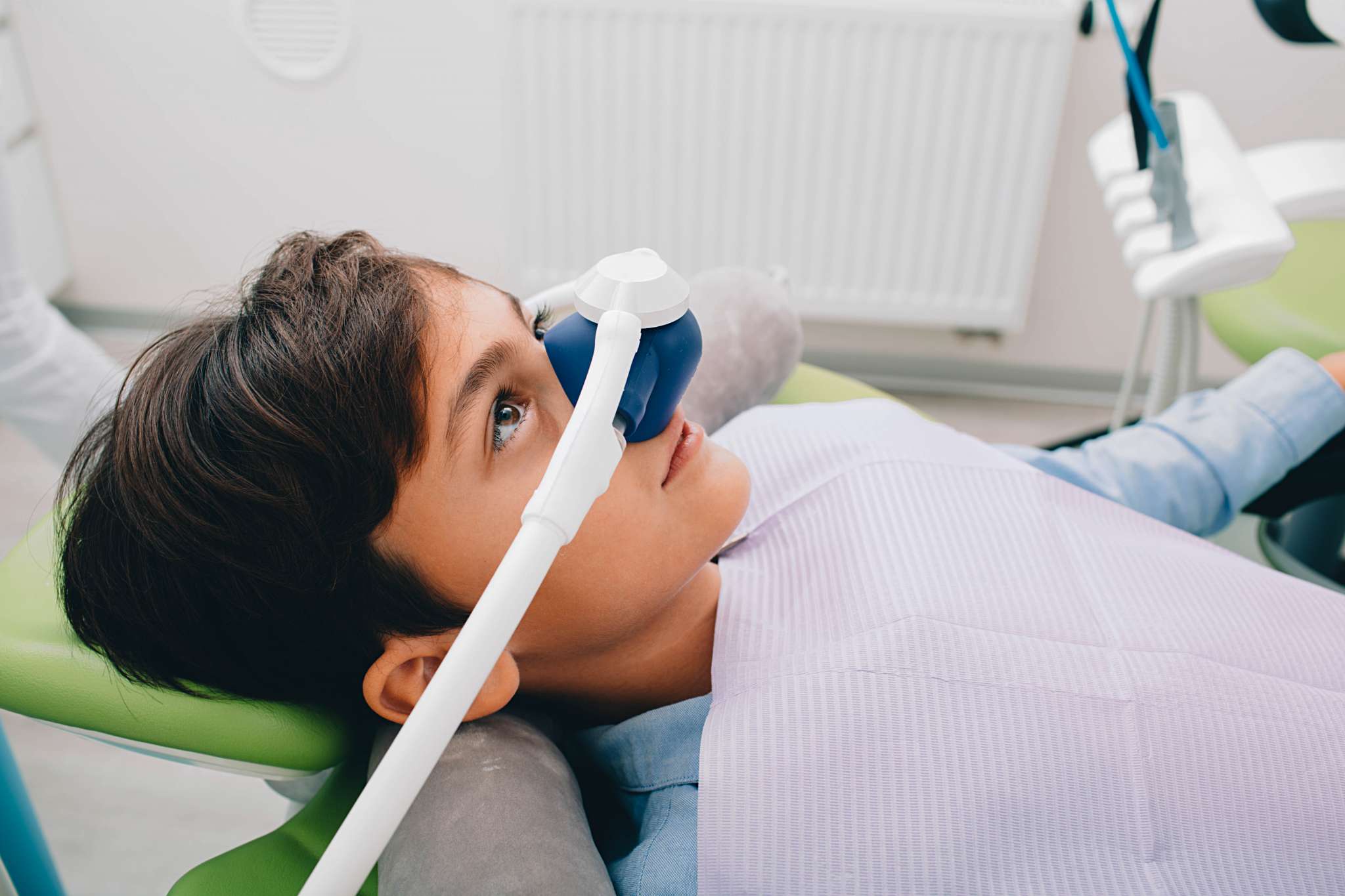Conscious Sedation
In this anaesthesia, the patient's airways are open and he/she can answer the questions
asked. This procedure must be performed by an anaesthetist. Sedation, which is also a
state of deep sleep, occurs as a result of suppression of consciousness. The sedated
patient is monitored with a device connected to the fingers and toes. This device
measures the oxygen ratio. Although it resembles general anaesthesia in some aspects, it
is not actually general anaesthesia. The patient who responds to the commands is in a
deep sleep and this procedure is performed in the doctor's office. The blood pressure of
the patient who responds to the physician's commands and stimuli is measured regularly.
The patient, who is sedated with the medication given by the anaesthetist, does not feel
any pain and even does not remember the operation performed later. This ensures that the
patient's psychology does not deteriorate and does not develop negative judgements about
the procedures to be performed later.
The most important reasons for the application are fear of the dentist and nausea
reflex.
Other reasons are that treatments that cause fear in children and require long sessions
can be done easily and without fear. It also provides ease of treatment in mentally and
physically disabled children.
The patient regains consciousness shortly after the sedative has been discontinued.
Advantages
• It provides a comfortable working environment for the dentist by eliminating dental
stress and preventing nausea reflex.
• It creates a comfortable and safe environment for the patient and completely removes
the feeling of fear.
• It prevents the patient from feeling the pain by increasing the pain threshold.
• It provides easy tolerance of local anaesthesia environment in patients with heart
disease and hyper blood pressure.
• It prevents negative psychological traumas especially in children prone to fear. It
prevents them from making movements that will affect the success of the application
during the procedure.



 Türkçe
Türkçe

